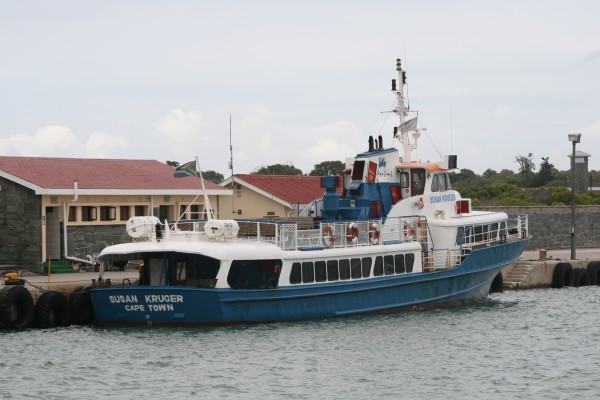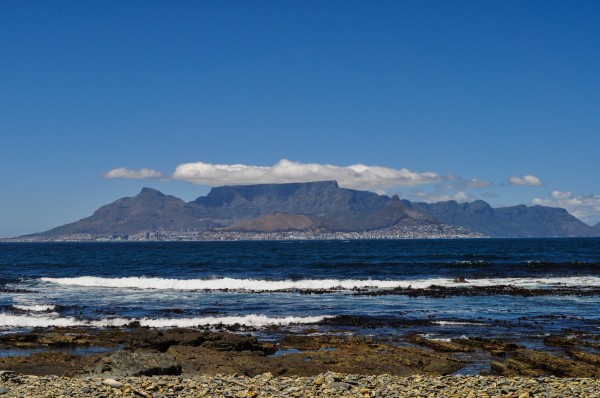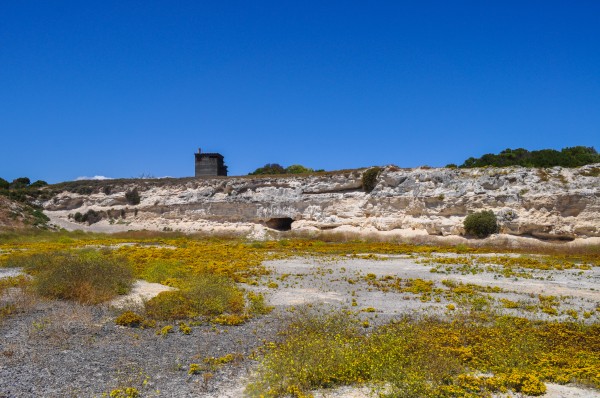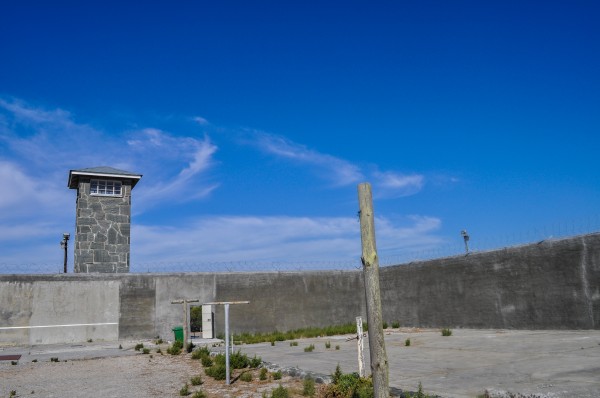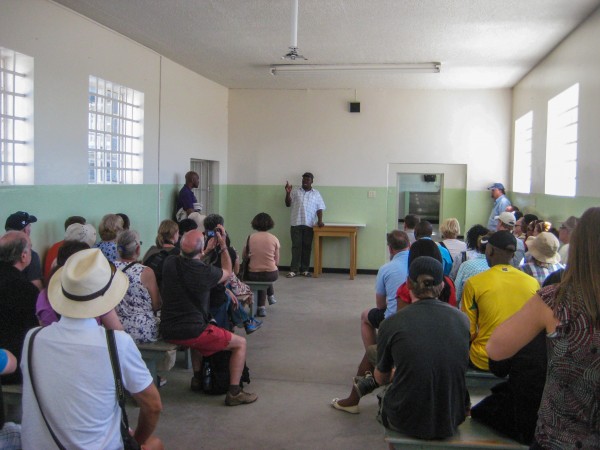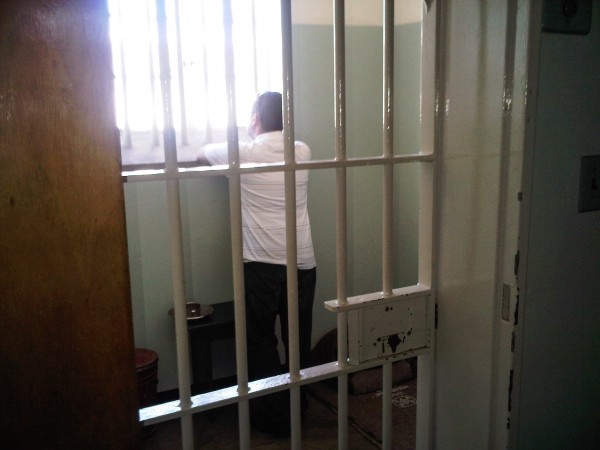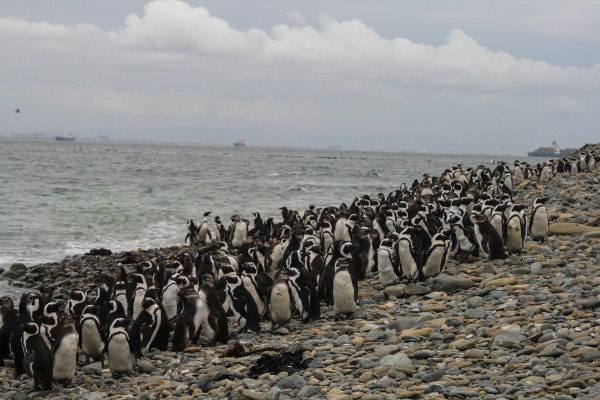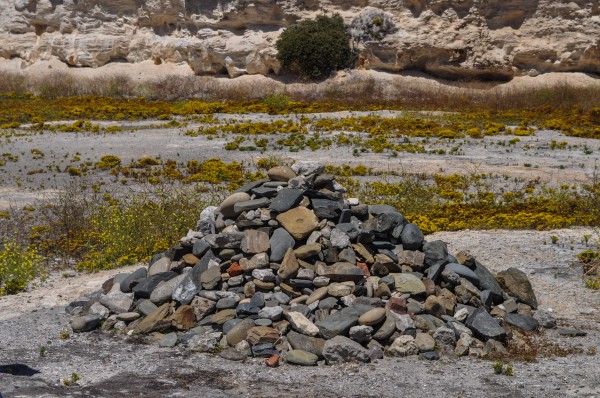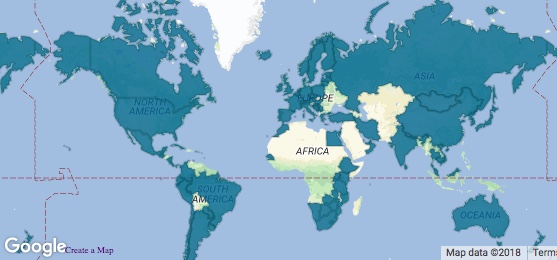With the recent passing of Nelson Mandela, people are more eager than ever to visit the locations in South Africa that played a major role in his life. Nelson Mandela spent 27 years in prison and 18 of these years were on Robben Island. Visiting Robben Island can be one of the most eye-opening experiences you have in South Africa. For me, I’ve never experienced a more self-reflective, awe-inspiring place as standing in Nelson Mandela’s prison cell.
The History
Just over four miles from Cape Town, Robben Island has been used off-and-on as a prison since the 17th century. The island once isolated Dutch political prisoners, later became a leper colony, then a World War II era fort to protect Cape Town and finally a maximum security home for political prisoners during the Apartheid regime. Notable former residents of this UNESCO World Heritage Site include not only Nelson Mandela, but also Ahmed Kathrada, Walter Sisulu and current South African President Jacob Zuma.
The Journey
Ferries to Robben Island depart at 9am, 11am, 1pm and 3pm, weather permitting, from Nelson Mandela Gateway at the V&A Waterfront in Cape Town. As the winds tend to pick up in Table Bay as the day goes on, it’s better to go early. The standard tour to Robben Island is 3.5 hours long, including the two half-hour ferry rides. Take the 9am if you possibly can. It will have you back in Cape Town in time for lunch.
Although the seas can be a bit rough at times, the ferry crossing itself is lovely. Nowhere else will you get a better view of Cape Town then from Table Bay. Cape Town’s mild climate means a generally pleasant experience on the water.
The Island
Upon arrival to Robben Island, you’ll be escorted to one of many waiting tour buses. These buses will take you on a 45-minute bus ride with a guide providing commentary. You’ll learn everything about the history of the island, its role in the Apartheid era as well as its previous roles in World War II and in isolating lepers. You’ll also get an opportunity to see the entire island including some noteworthy landmarks like the lighthouse. Probably the most memorable stop on this part of the tour is the coast of the island where the views of Cape Town and Table Mountain are nothing short of breathtaking.
The Prison
After touring the island, you’ll get to visit the maximum security prison that was once home to Nelson Mandela. This is obviously the highlight of the trip but just to make it even more special, this portion of the tour is always conducted by a former Robben Island political-prisoner. The experience of being shown around a prison by someone who was once himself a prisoner there is not something to be taken lightly. This is the type of thing that can make even the most experienced traveler uncomfortable. We’re used to experiencing history alongside others that weren’t there living in first hand. To suddenly be standing in the prison yard having a conversation with someone who lived through the very hardships they are describing to you can be humbling to say the least. If nothing else, it instantly clarifies the reality of the place you are visiting. It is a very powerful experience.
Besides the cell-blocks, prison yards, lime quarry, dining areas and control rooms, you’ll also have a chance to visit Nelson Mandela’s cell. Although you may not get to go inside, seeing the tiny space where such a great man spent such a huge portion of his life is incredibly meaningful. Like I said earlier, I have never stood in a more self-reflective spot. Trying to comprehend the reality of Mandela’s struggle, and the impact it had on the nation, is nearly impossible and will quickly make you realize the insignificance of your own day-to-day problems.
The…Penguins?
Not many visitors realize that Robben Island is also home to an important penguin colony. The Robben Island colony was re-established in 1983 after having been previously wiped out in 1800. Today, the colony is home to 13,000 African Penguins making it the third largest colony of the species. Visitors can walk to the colony viewing points from the pier and there are even special hides built into the bush to conceal your up-close viewing of these amazing animals.
The Bottom Line
There are many places in South Africa to learn about the history of Apartheid and noteworthy individuals such as Nelson Mandela. However, Robben Island remains one of the few where much of that history actually took place. As much as I enjoy Johannesburg’s Apartheid Museum, there’s something about literally walking in the footsteps of Nelson Mandela to help crystallize the importance of South Africa’s political history.
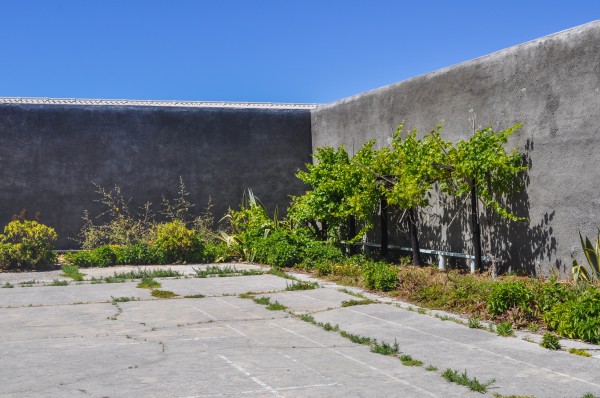
One of the prison’s courtyards where it’s said the drafts of Nelson Mandela’s Long Walk to Freedom were found buried in the corner
Robben island is an amazing example of the drastic changes South Africa has undergone. Those who used to be prisoners and those who used to be guards now work together in what used to be a prison and is now a museum. The boats that used to transport prisoners from the mainland now transport staff and tourists. Some of these boats are even crewed by a mix of former prisoners and former guards! The spirit of South Africa’s reconciliation is nothing short of incredible and something you have to experience for yourself to truly believe.
Tickets to Robben Island can be purchased online from the Robben Island Museum or in person at the Nelson Mandela Gateway at Cape Town’s V&A Waterfront. Tickets cost R250 (roughly $25) and include round-trip ferry transportation, a visit to the prison, interaction with an ex-political prisoner, a 45 minutes bus ride with guide and the opportunity to explore some of the island’s Muslim sites. It is always best to book tickets ahead of time and early on in the day for the best possible weather.



